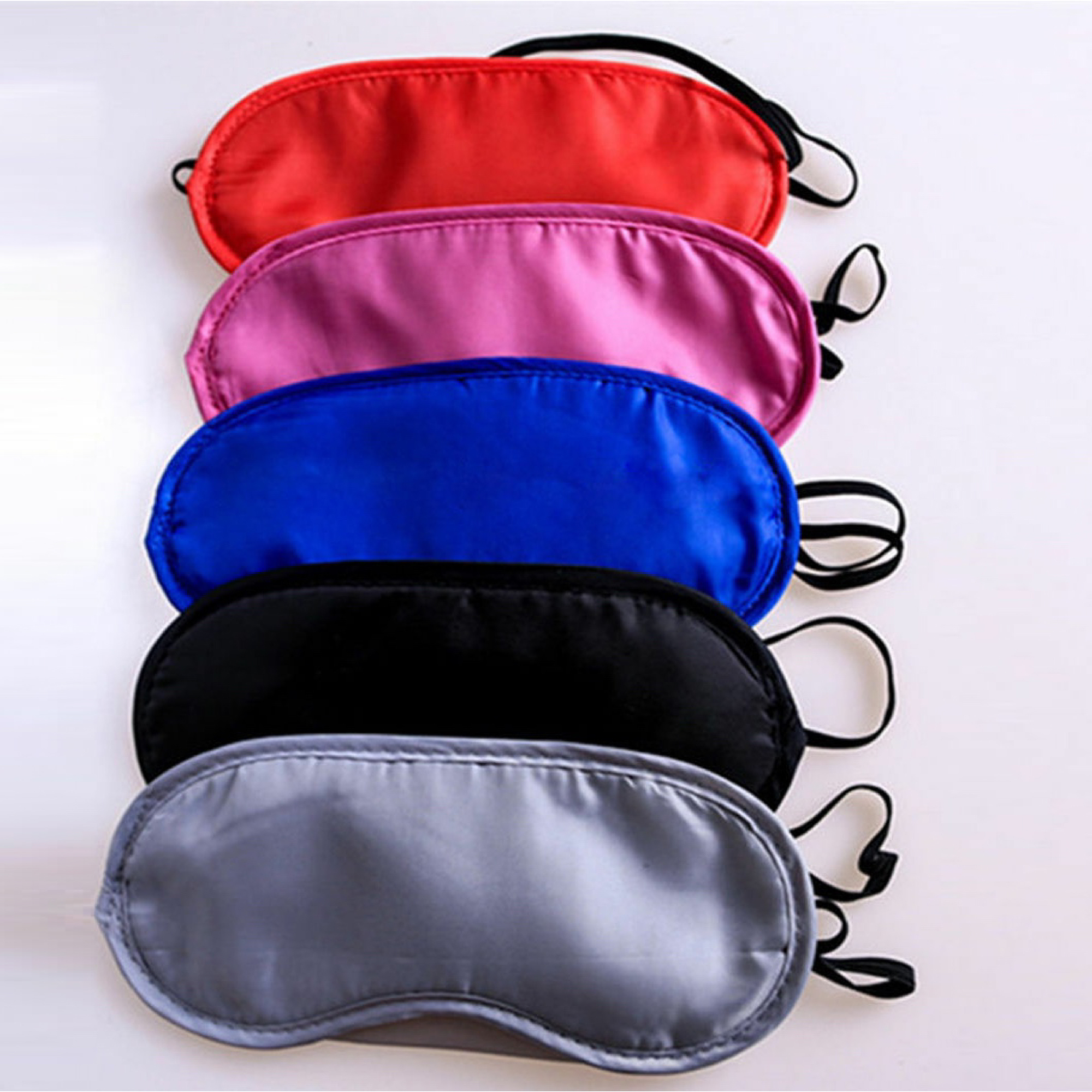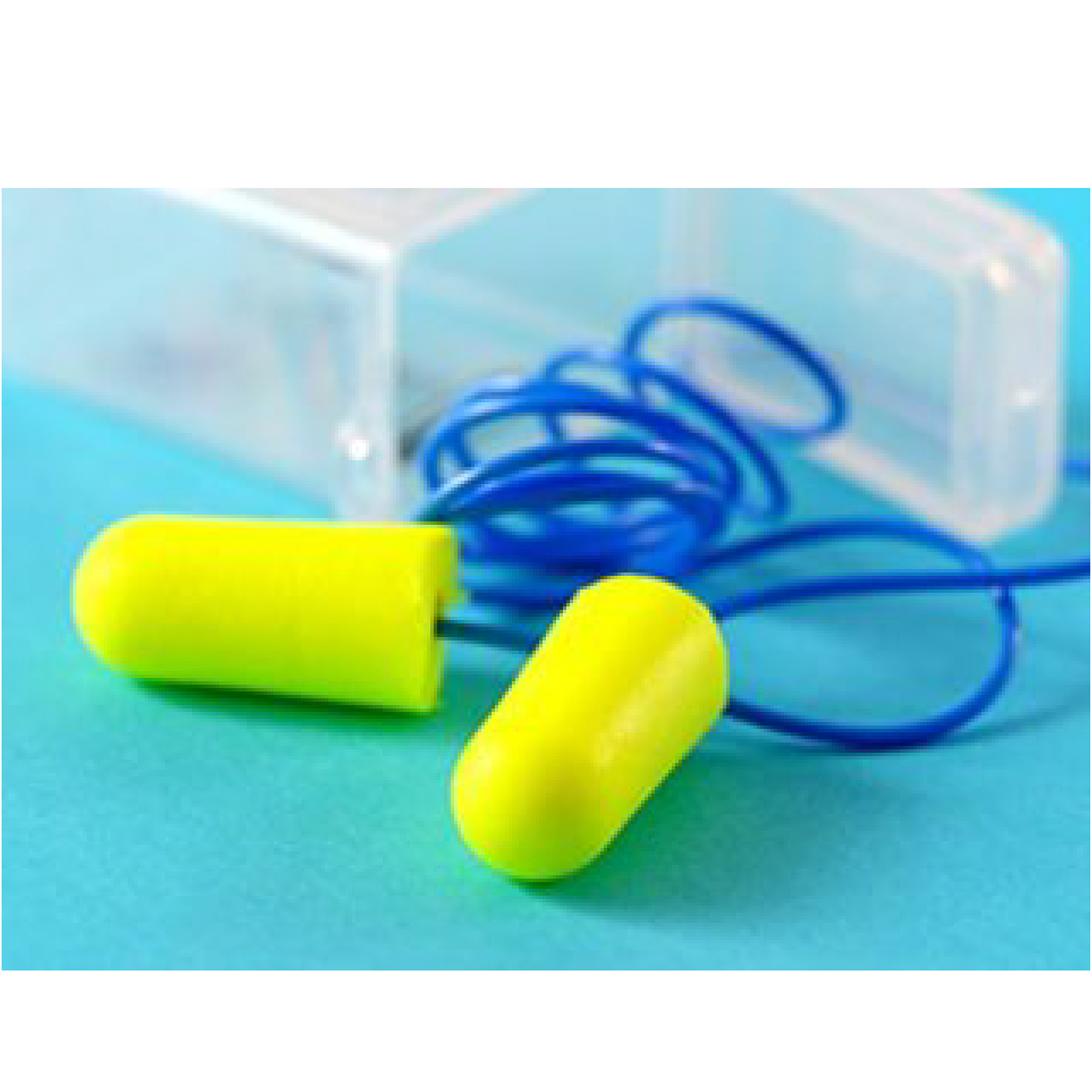Blog
8 Steps To Clean Your Ears Properly
- Daniel Hastings
Table of Contents
Our ears, often overlooked in our daily health routines, deserve careful attention to maintain their well-being. While our ears boast a self-cleaning mechanism, occasional intervention becomes necessary to address common concerns like excess earwax or discomfort and how to clean your ears.
Recent research, such as a 2021 study published in the International Journal of Audiology, emphasizes the significance of proper ear care in preventing hearing loss and ear-related issues. The study underscores the importance of avoiding aggressive cleaning practices and highlights the effectiveness of gentle methods, like saline solutions, in maintaining ear hygiene.
Learn the essential steps, current best practices, and the importance of regular check-ups to ensure your ears remain healthy, keeping your hearing in pristine condition.
Why Cleaning Your Ears is Important?
Cleaning your ears is important for several reasons, but it’s crucial to understand that the ears are self-cleaning to some extent, and excessive cleaning can be harmful. You need to clean your ears for the following reasons.
1. Prevention of Earwax Buildup
Earwax, or cerumen, is produced by glands in the ear canal and helps trap dust and debris, preventing them from reaching the eardrum. However, in some cases, excessive earwax can accumulate and cause blockages, leading to hearing problems, dizziness, or discomfort.
2. Hearing Health
Regular cleaning can help prevent earwax from impacting the eardrum and affecting your hearing. If earwax buildup becomes significant, it may lead to hearing loss or temporary hearing impairment.
3. Infection Prevention
The ear canal has a slightly acidic environment that helps protect against infections. However, if earwax accumulates and becomes a breeding ground for bacteria, it may lead to infections. Cleaning the ears can help reduce the risk of infections.
4. Comfort and Discomfort
Excessive earwax can cause discomfort, a feeling of fullness, or even pain. Cleaning the ears can alleviate these symptoms and improve overall comfort.
5. Hearing Aid Effectiveness
If you use hearing aids, maintaining clean ears is essential for the proper functioning of the devices. Earwax can interfere with the performance of hearing aids, affecting sound quality and amplification.
Symptoms Of Impaction
If you have a build-up of wax in one or both of your ears, otherwise known as cerumen impaction, you may experience symptoms like:
- Pain or aching in the ear
- Blocked or a feeling of fullness in your ear
- Impaired Hearing
- Tinnitus, Ringing or Buzzing Sound in your ear
- Discomfort or Itching
- Smell or Discharge from the ear
- Dizziness
8 Steps on How To Clean Your Ears?

Our ears require gentle care to avoid injury. Follow these practices to clean your ear safely and effectively:
Step 1. Softening the Wax
Tilt your head and gently place a few drops of warm water or mineral oil into the ear canal.
Allow the drops to sit for a few minutes to soften the earwax
Step 2. Use of Ear Drops
Consider using over-the-counter ear drops specifically designed to soften earwax.
Follow the package instructions for proper application and waiting time
Step 3. Avoid Inserting Objects
Refrain from using cotton swabs, bobby pins, or any other objects to clean the ear canal.
Inserting objects can push earwax deeper, risking injury or blockages
Step 4. Tilt Your Head
Tilt your head to the side while showering to allow warm water to enter the ear gently.
This can help facilitate the natural removal of softened earwax
Step 5. Ear Syringing (Under Professional Guidance)
If recommended by a healthcare professional, consider ear syringing with lukewarm water for a controlled and safe removal.
Step 6. Seek Professional Help
If you experience persistent earwax issues, discomfort, or hearing problems, consult a healthcare professional for proper guidance.
Step 7. Ear Irrigation Kits (Under Professional Guidance)
Use commercially available ear irrigation kits only under the guidance of a healthcare professional.
Follow the provided instructions carefully to avoid injury or complications.
Step 8. Gentle Outer Ear Cleaning
Use a soft washcloth to clean the outer part of your ear during your regular hygiene routine.
Avoid inserting the washcloth into the ear canal to prevent injury.

Things To Avoid While Cleaning Your Ears
When cleaning your ears, it’s crucial to avoid certain practices to prevent injury, infections, or worsening earwax issues. Here are things to avoid:
- Cotton Swabs
- Sharp Objects
- Ear Candles
- Excessive Earwax Removal
- Ear Drops
- DIY Ear Irrigation
- Foreign Objects
- Ignoring Symptoms
- Ear Infections
- Ignoring Professional Advice
How Often Should You Clean Your Ears?
Cleaning your ears every two to four weeks is generally sufficient for most people. Observe your ears regularly and clean them as needed, such as when you notice excess earwax or experience discomfort. If you have a history of ear issues or use hearing aids, consult a healthcare professional for personalized advice on the appropriate frequency and methods for ear cleaning.
When To See Your Doctor?
You clean your ears at home and try different ear drops to cure your ear problems and dryers. But if the symptoms don’t change, you must visit the doctor as soon as possible. The healthcare provider consultation is a must If you have the symptoms of earwax blockage like:
- Reduced or muffled Hearing
- Feelings of fullness in the ear
- Earache or discomfort in the ear
Also, if you face earwax impaction more than once every year or have several risk factors, tell your doctor. You must have to schedule your routine for professional cleanings every 6 to 12 months.
How To Protect Your Ears?
In addition to ensuring your ears are kept clean, Here are a few more tips to practice for good ear health:
- Don’t insert small objects in your ear
- Limit loud noise
- Limit your use of headphones.
- Keep your dry ears after swimming/bathing with dry and cleaner drops.
- Keep the volume of music down.
How To Use Hydrogen Peroxide To Remove Earwax?
Common Tips For Using Ear drops are discussed below,
- Lie down on your side, and one ear should face up.
- Read the instructions and then put the drops into your ear canal and fill it with fluid.
- Don’t stand for five minutes.
- Clean the outer ear with a tissue to absorb any liquid that comes out from the ear.
- Do this process for your other ear.
- You should never put an object into your ear to remove the wax. If you feel like wax remains in your ear and are experiencing discomfort, you should go to your doctor.
FAQs
Do Doctors Recommend Ear Candling?
Doctors generally do not recommend ear candling. It lacks scientific evidence, and there is a risk of burns and injury to the ear canal.
Does Irrigation Remove Ear Wax?
Ear irrigation is a method that can effectively remove excess earwax. It involves flushing the ear canal with a gentle stream of water, helping to dislodge and wash away accumulated earwax.
How Long Does Hydrogen Peroxide Take to Soften Ear Wax?
Hydrogen peroxide typically takes 1 to 5 minutes to soften earwax. Apply a few drops to the ear canal, allowing it to sit for the recommended time before draining.
Wind Up
In this discussion, you may learn how to clean your ears and the effects of earwax; although earwax is produced naturally in our ears, if it remains in our ears, it can cause severe blockage and affect hearing. It is easy to clean your ears at home; otherwise, seek the advice and help of your medical practitioner if you have any concerns.
A regular cleaning habit can save you from many upcoming severe issues. Start doing it on your own!











